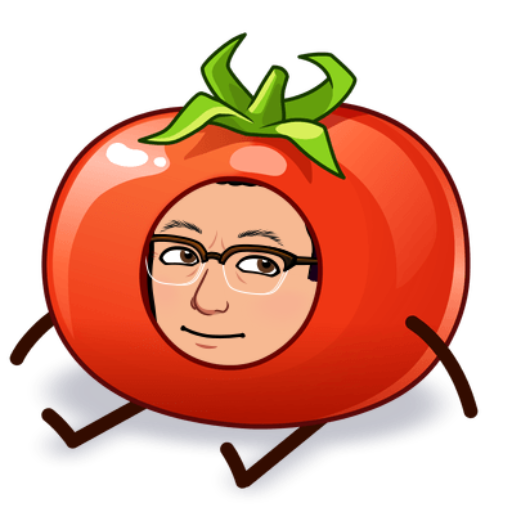
#29 The Genroku Culture
Here is my YouTube video of this episode.

By the second half of the 17th century, the political situation had stabilized. In Osaka and Kyoto, a new culture led by the townspeople developed. This is called the Genroku culture.

Chikamatsu Monzaemon was a playwright of ningyo joruri. Ningyo joruri is a puppet play in which a tayu tells a story to the accompaniment of shamisen music.

Monzaemon produced a number of hits, capturing people’s hearts with his depictions of men and women torn between duty and humanity.

Matsuo Basho was a man who elevated haiku to the level of an art form.

Haiku is a form of Japanese poetry with a 5-7-5 syllable pattern, expressing everything from the seasons and scenery to the emotions of people. Basho created many masterpieces while traveling throughout Japan. He is best known for his book, “Oku no Hosomichi”, or “The Narrow Road to the Interior.”

Ogata Korin, a native of Kyoto, left behind outstanding works of large decorative paintings and maki-e lacquerware.

The “Red and White Plum Blossoms” is one of his masterpieces. The river flowing through the center of the gold leaf background is rendered in black using a technique of mixing silver with sulfur.

Hishikawa Moronobu was the person who established Ukiyo-e. He developed Ukiyo-e from book illustrations into works that could be appreciated. The word “ukiyo” originally meant “hard times,” but by the Edo period, it had changed to mean “modern.”

One of his best-known ukiyo-e works, “Mikaeri-bijinzu”, or “Looking back beauty” is not a wood print, but a hand-painted work.

In Mito, present-day Ibaraki Prefecture, Tokugawa Mitsukuni started the compilation of the history book “Dai Nihon shi”, or “History of Japan.” The project continued after his death and took 249 years to complete.

During this period, the lives of ordinary people changed. Cotton clothing became widespread, and people also wore silk kimonos on special occasions. People ate three meals a day. Indoor lamps called “andon” became widespread, allowing people to work at night.

Annual events such as New Year’s Day, the Girls’ Festival, and the Boys’ Festival took root, and people began to make trips to distant temples and shrines to pay homage. At village festivals, people enjoyed sumo wrestling, theatrical performances, and dancing.
Thank you for reading. See you next time.



